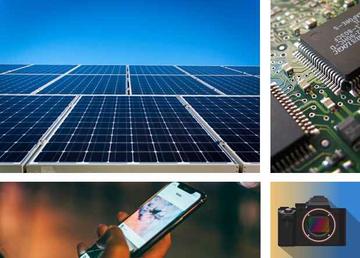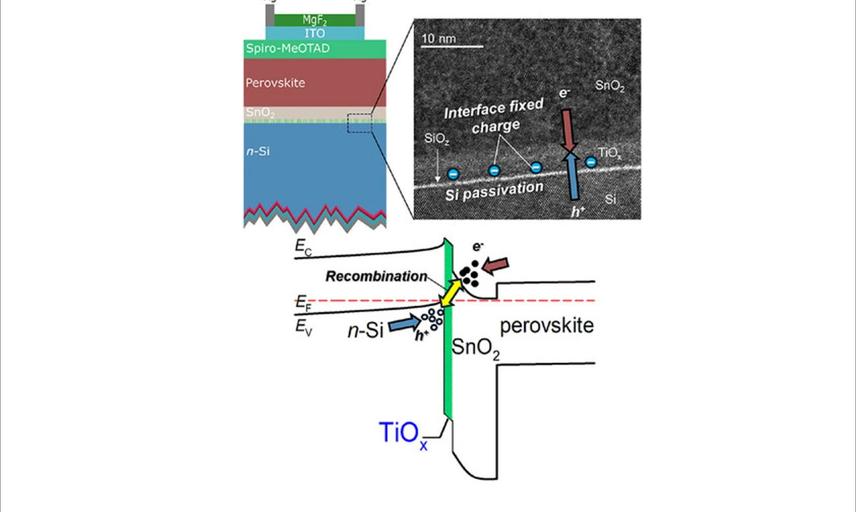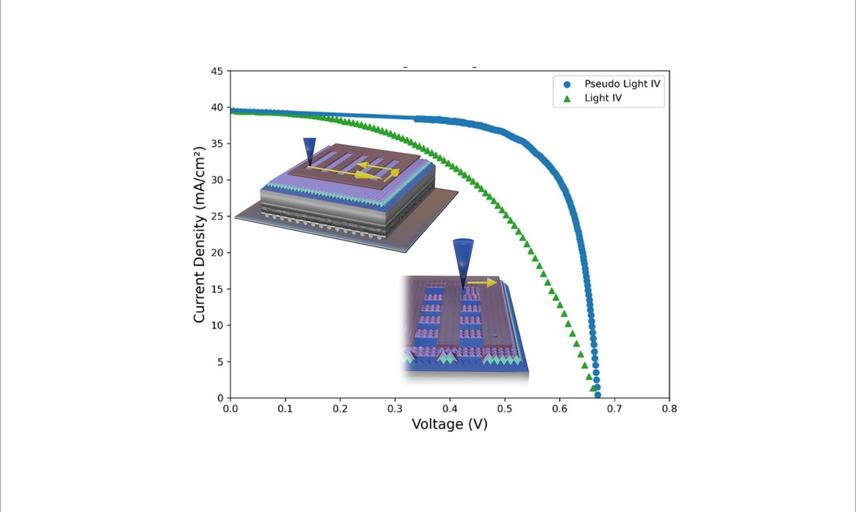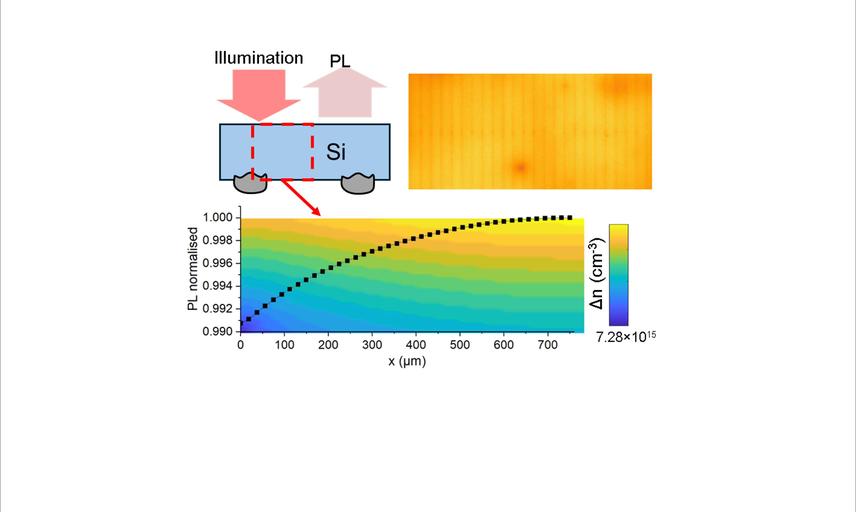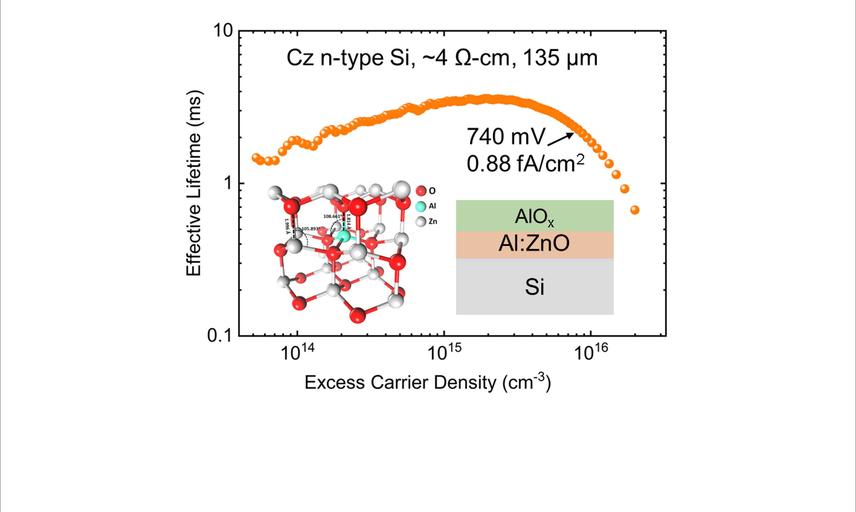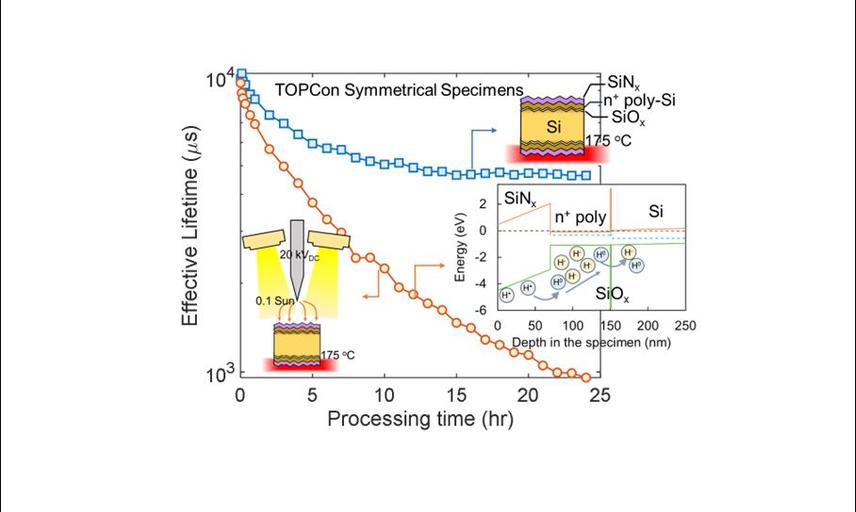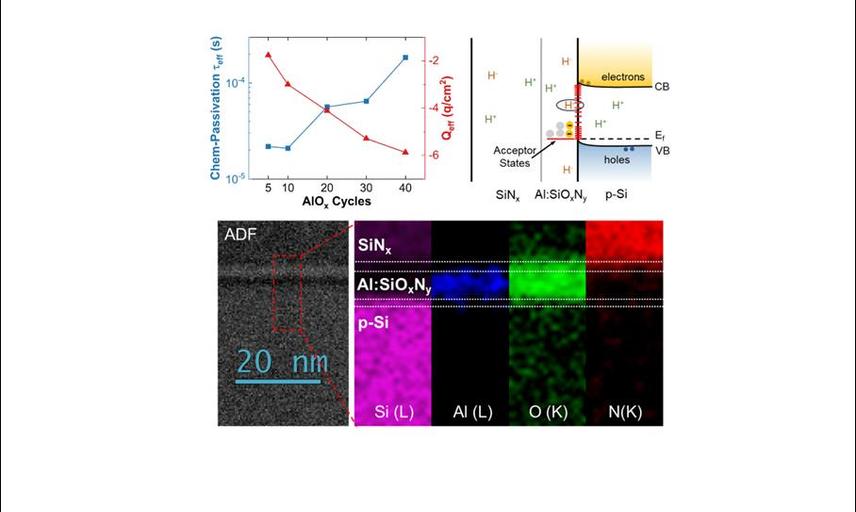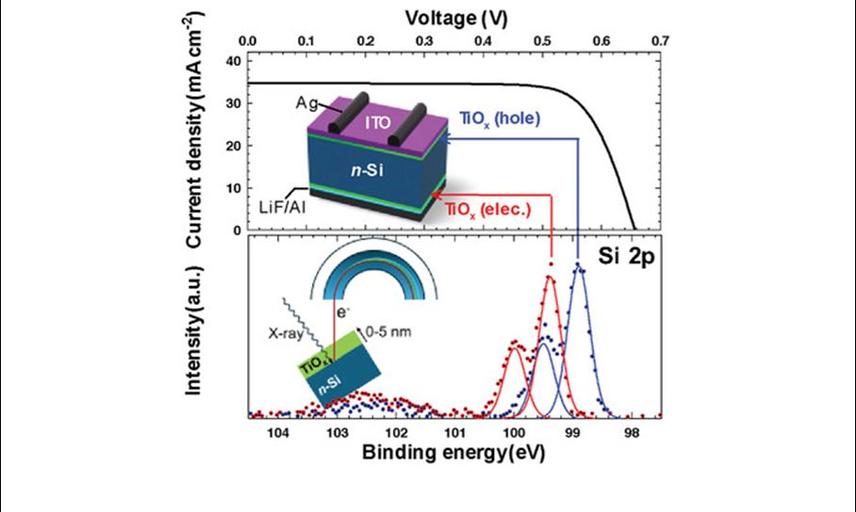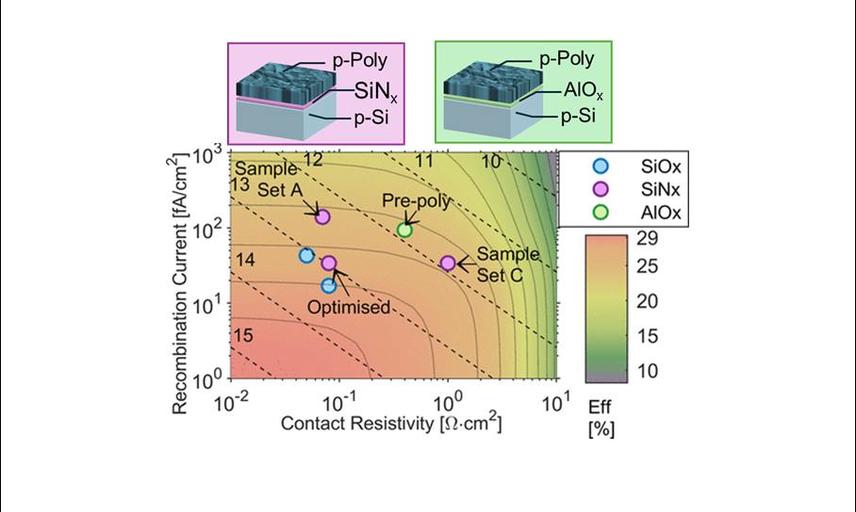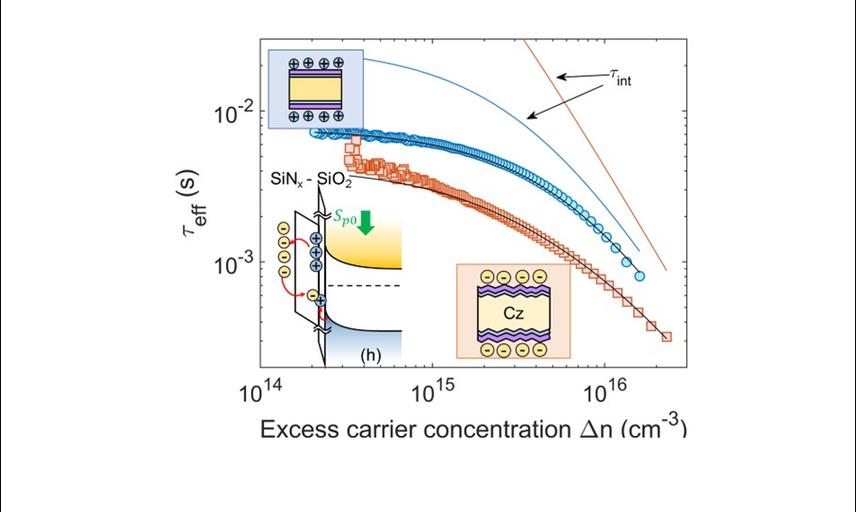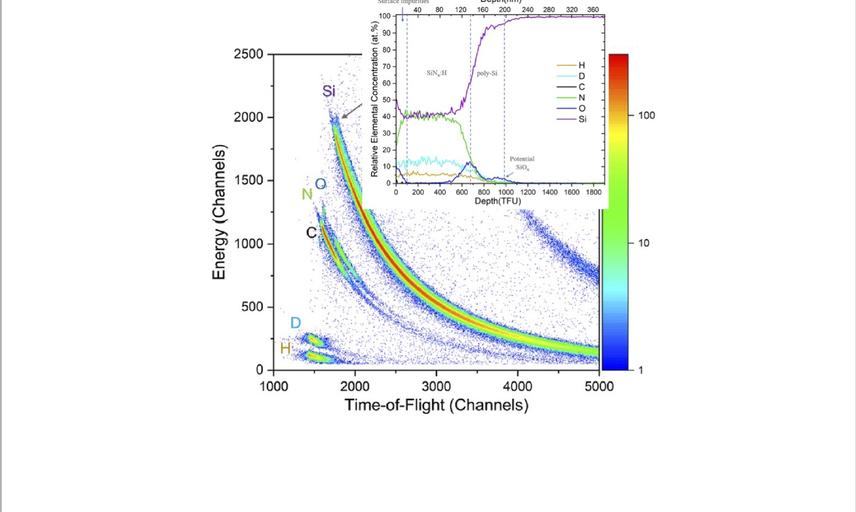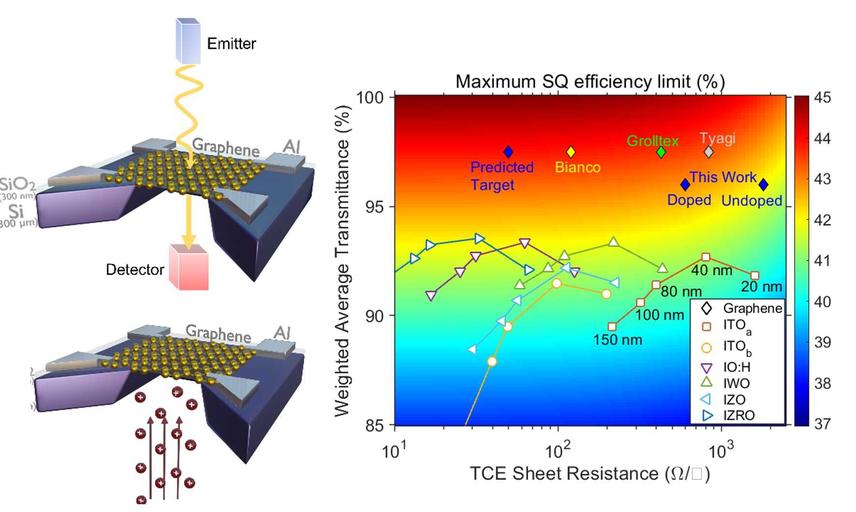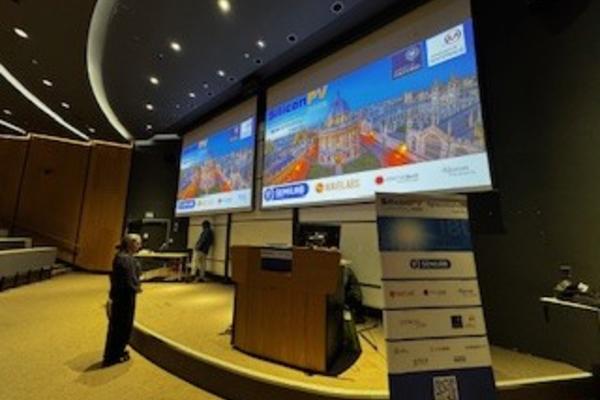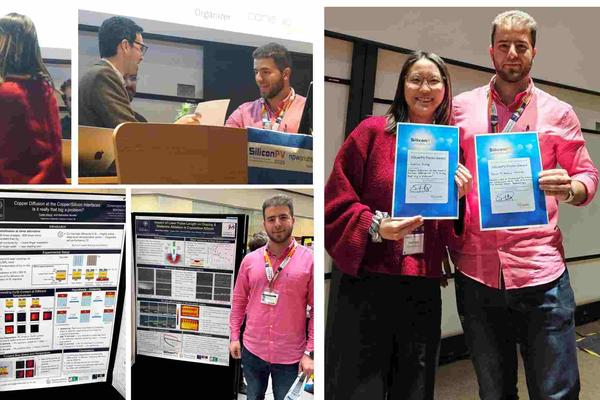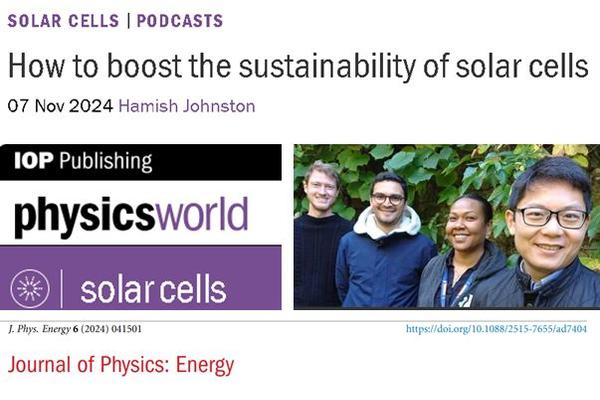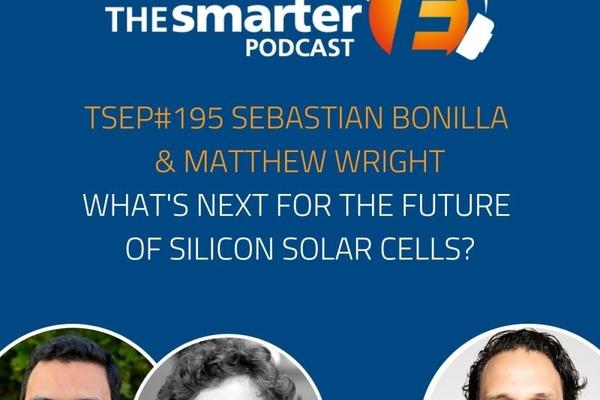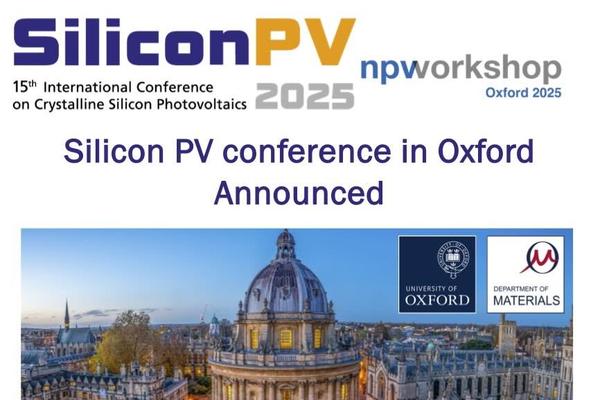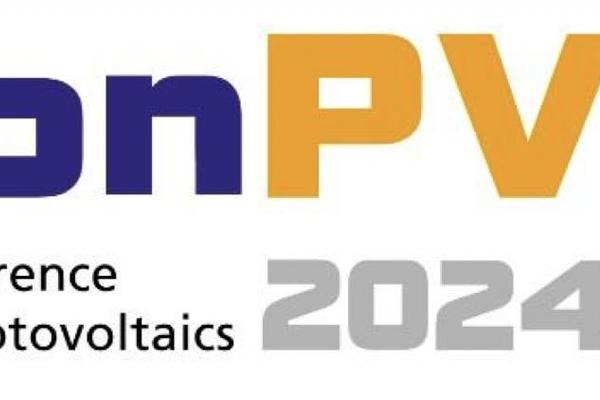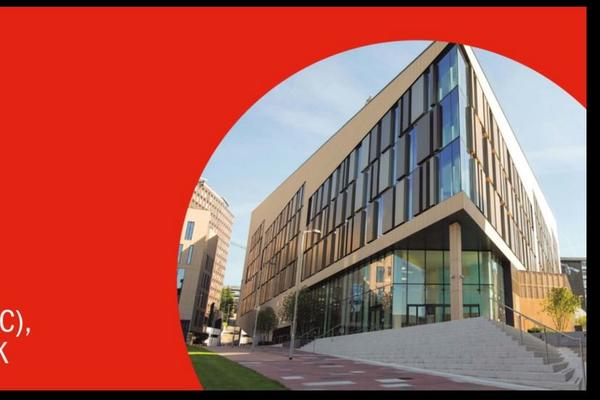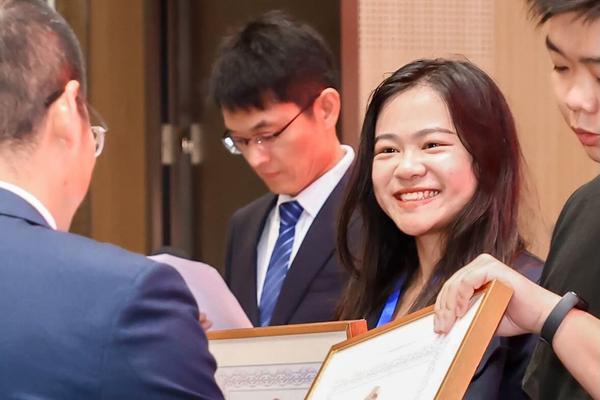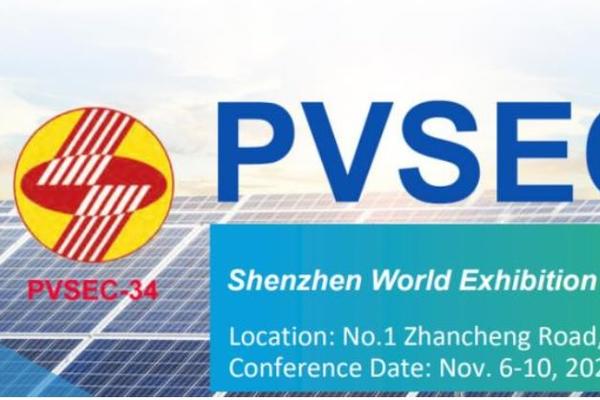Home
Featured Publications
A Failure Mode Affecting the Reliability of LECO‐Treated High‐Efficiency TOPCon Solar Cells
A Failure Mode Affecting the Reliability of LECO‐Treated High‐Efficiency TOPCon Solar Cells
Silicon interface properties of AlOx and SiNx passivation nanolayers under electric field stress
Silicon interface properties of AlOx and SiNx passivation nanolayers under electric field stress
Monolithic Perovskite/Silicon Tandem Solar Cells Enabled by Multifunctional TiOx Interconnects
Monolithic Perovskite/Silicon Tandem Solar Cells Enabled by Multifunctional TiOx Interconnects
Self-aligned laser opening and stencil metallization for silver-free contacts in silicon solar cells
Self-aligned laser opening and stencil metallization for silver-free contacts in silicon solar cells
Extracting contact recombination from FFT-filtered photoluminescence imaging of half-metallised silicon solar cells
Extracting contact recombination from FFT-filtered photoluminescence imaging of half-metallised silicon solar cells
Impact of precursor dosing on the surface passivation of AZO/AlOx stacks formed using atomic layer deposition
Impact of precursor dosing on the surface passivation of AZO/AlOx stacks formed using atomic layer deposition
The impact of surface polarisation on the degradation of tunnel oxide passivating contacts in silicon solar cells
The impact of surface polarisation on the degradation of tunnel oxide passivating contacts in silicon solar cells
Oxide-nitride nanolayer stacks for enhanced passivation of p-type surfaces in silicon solar cells
Oxide-nitride nanolayer stacks for enhanced passivation of p-type surfaces in silicon solar cells
Symmetric Dopant‐Free Si Solar Cells Enabled by TiOx Nanolayers: An In‐Depth Study on Bipolar Carrier Selectivity
Symmetric Dopant‐Free Si Solar Cells Enabled by TiOx Nanolayers: An In‐Depth Study on Bipolar Carrier Selectivity
Hole-Selective SiNx and AlOx Tunnel Nanolayers for Improved Polysilicon Passivating Contacts
Hole-Selective SiNx and AlOx Tunnel Nanolayers for Improved Polysilicon Passivating Contacts
Roadmap on established and emerging photovoltaics for sustainable energy conversion
Roadmap on established and emerging photovoltaics for sustainable energy conversion
Enhancing dielectric-silicon interfaces through surface electric fields during firing
Enhancing dielectric-silicon interfaces through surface electric fields during firing
Characterization of solar cell passivating contacts using time-of-flight elastic recoil detection analysis
Characterization of solar cell passivating contacts using time-of-flight elastic recoil detection analysis
Towards a Graphene Transparent Conducting Electrode for Perovskite/Silicon Tandem Solar Cells
Towards a Graphene Transparent Conducting Electrode for Perovskite/Silicon Tandem Solar Cells
Lab News
Exploring Sustainable Solar Cells: Oxford Researchers Discuss Latest Innovations in Solar Energy
Exploring Sustainable Solar Cells: Oxford Researchers Discuss Latest Innovations in Solar Energy
10 November 2024
Smarter-E podcast - what's next for the future of silicon solar cells
Smarter-E podcast - what's next for the future of silicon solar cells
18 October 2024
Sebastian's comment on the recent tandem solar cell world record
Sebastian's comment on the recent tandem solar cell world record
25 September 2024
Group attends the 14th Silicon PV Conference, Chambery, France
Group attends the 14th Silicon PV Conference, Chambery, France
18 April 2024
Group attends the 18th PVSAT conference, Glasgow, UK
Group attends the 18th PVSAT conference, Glasgow, UK
12 April 2024




